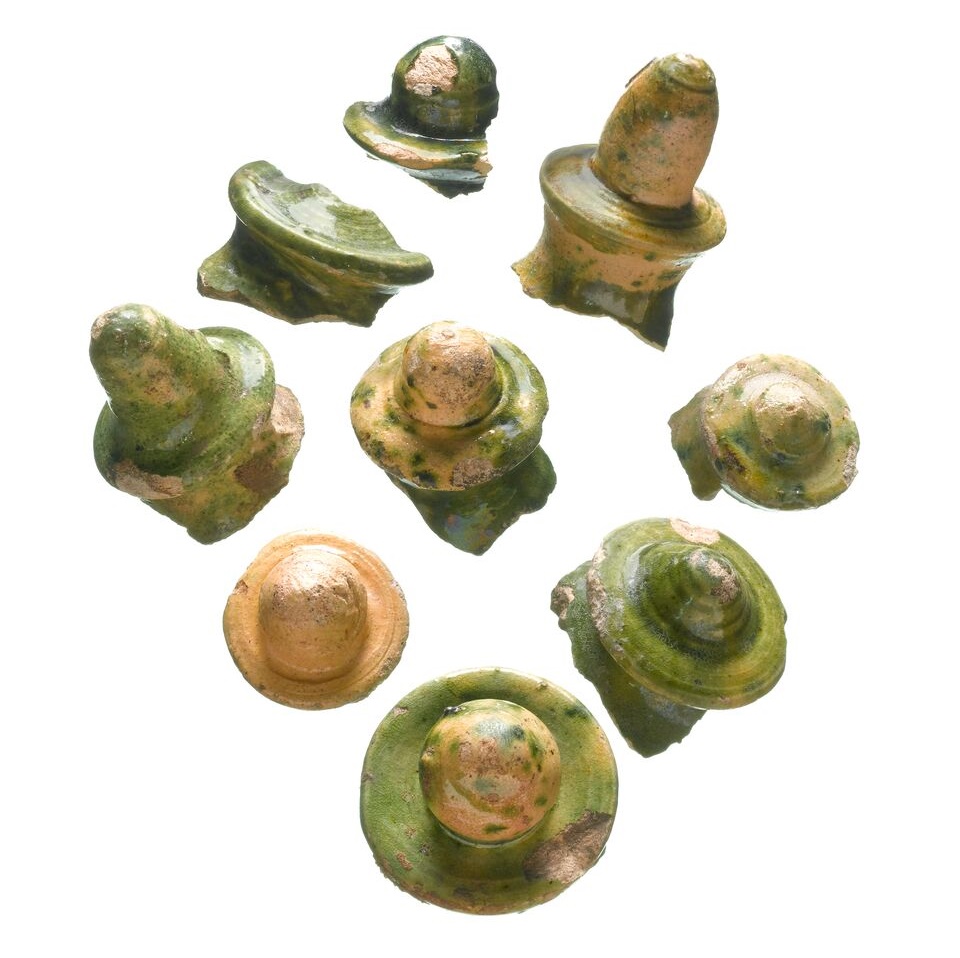As the detailed 3 month excavation of Shakespeare’s Curtain Theatre comes to a close and development of >The Stage gets underway, recent discoveries are poised to completely transform our understanding of the evolution of Elizabethan theatres.

After further careful excavation, it has now been confirmed that the rectangular theatre was purpose built for performance and entertainment, and housed a long, rectangular stage with evidence of an unusual passageway running beneath it.
The early stages of the dig confirmed that the theatre was not the polygonal structure we had anticipated, but this latest set of discoveries give us more detail about this early Elizabethan theatre. The discovery of an oblong stage which is far longer than expected and the mysterious passageway offers a tantalising glimpse into the secrets that are still to be uncovered. The MOLA teams is now embarking on post-excavation work to further explore the relationship between the unusual shape of the stage, the production and staging and the mysterious backstage areas.

Discovering that the theatre was purpose built tells us this was not a repurposed space with a stage added, it was a place where people came to be immersed in entertainment. It had timber galleries with mid and upper areas for those who could afford to spend a little more, and a courtyard made from compacted gravel for those with less to spend.
Throughout findings, archaeologists have also been able to tell that The Curtain Theatre is one of earliest Elizabethan playhouses where people actually paid money to see performances and be entertained. We know this because fragments of ceramic money boxes have been found. These fragments are a really exciting find because the pots would have been used to collect the entry fees from theatregoers and then been taken to an office to be smashed and the money counted. This office was known as the ‘box office’, which is actually the origin of the term we still use today!

The excavation team also found glass beads and pins, these are small but fascinating finds that can offer us a glimpse backstage, as they may have come from actors’ costumes. They also unearthed drinking vessels and clay pipes, which relate to the making merry of revelling theatregoers and actors.
We now know so much more about the theatre than ever before and these discoveries offer a rare and exciting opportunity to explore the new questions they pose.

For now, the excavated remains of the Curtain Theatre, which takes its name from Curtain Road, have been carefully covered over with a protective membrane and a special type of pH neutral sand, while construction of The Stage, a new £750m mixed-use development backed by a consortium led by Cain Hoy and designed by architects Perkins+Will, continues.
A display of the finds will sit alongside the theatre remains as part of a cultural and visitor centre at the heart of the completed development, which will also feature 33,000 sq ft of retail, over 200,000 sq ft of office space, more than 400 homes, and over an acre of vibrant public space including a performance area and a park.
Source: Museum of London Archaeology (MOLA) [November 11, 2016]